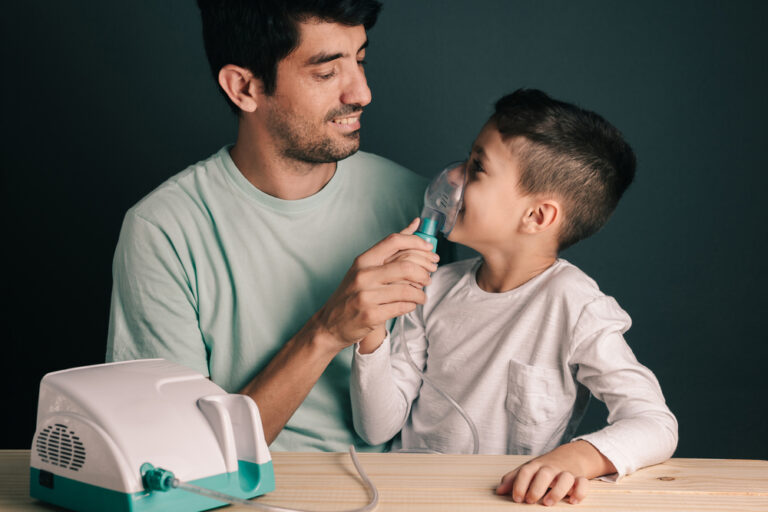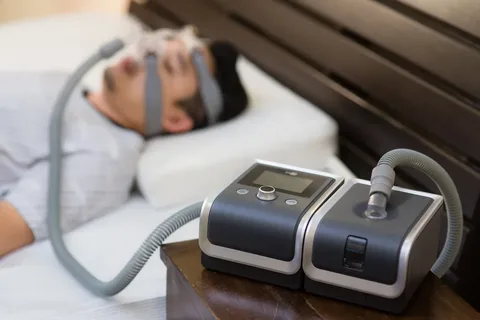Welcome to B&B Medical’s comprehensive guide on nebulizers – your go-to resource for understanding the ins and outs of this vital respiratory therapy tool. Whether you’re a healthcare professional, a caregiver, or someone managing their respiratory health, this guide aims to provide you with the knowledge you need to make informed decisions about nebulizer use. Let’s delve into the world of nebulizers and explore their types, uses, and the myriad benefits they offer.
Continuous Nebulizer:
Let’s start by understanding what a continuous nebulizer is and how it differs from other types. Unlike standard nebulizers that deliver medication in intermittent bursts, continuous nebulizers provide a steady stream of aerosolized medication. This consistent delivery is particularly beneficial for individuals with severe respiratory conditions who require continuous treatment to manage their symptoms effectively.
Large Volume Nebulizer:
For patients requiring high doses of medication or extended treatment sessions, a large volume nebulizer is often the preferred choice. These nebulizers have a larger medication reservoir, allowing for prolonged use without the need for frequent refills. Large volume nebulizers are especially useful in hospital settings or for patients with chronic respiratory conditions who require continuous therapy.
Nebulizers:
Nebulizers are versatile devices used to administer various medications, including bronchodilators, corticosteroids, and antibiotics, directly into the lungs. They are commonly prescribed for managing conditions such as asthma, chronic obstructive pulmonary disease (COPD), cystic fibrosis, and respiratory infections. Nebulizers offer an effective alternative to traditional inhalers, especially for individuals who have difficulty using inhalers properly or require higher doses of medication.
Bubble CPAP System:
In addition to delivering medication, nebulizers can also be integrated into bubble CPAP systems for neonatal respiratory support. Bubble CPAP systems provide continuous positive airway pressure CPAP for newborns with respiratory distress, helping to keep their airways open and improve oxygenation. By incorporating a nebulizer into the CPAP circuit, clinicians can administer aerosolized medications directly to the infant’s lungs, effectively treating underlying respiratory conditions.
CPAP for Newborns:
CPAP therapy is a cornerstone of neonatal care, particularly for premature infants or those born with respiratory issues. Continuous positive airway pressure helps prevent airway collapse and improve lung function in newborns with underdeveloped or compromised respiratory systems. Nebulized medications, delivered alongside CPAP therapy, can further enhance treatment outcomes by targeting specific respiratory conditions or infections.
Conclusion:
In conclusion, nebulizers play a crucial role in respiratory therapy, offering a convenient and effective means of delivering medication directly to the lungs. From continuous nebulizers to large volume nebulizers and their integration into bubble CPAP systems for newborns, these devices provide tailored solutions for patients of all ages and conditions. Whether you’re a healthcare professional or a caregiver, understanding the types, uses, and benefits of nebulizers is essential for providing optimal respiratory care. At B&B Medical, we’re committed to delivering innovative respiratory solutions that empower individuals to breathe easier and live healthier lives.
For more information on nebulizers and other respiratory products, visit our website at B&B Medical.


